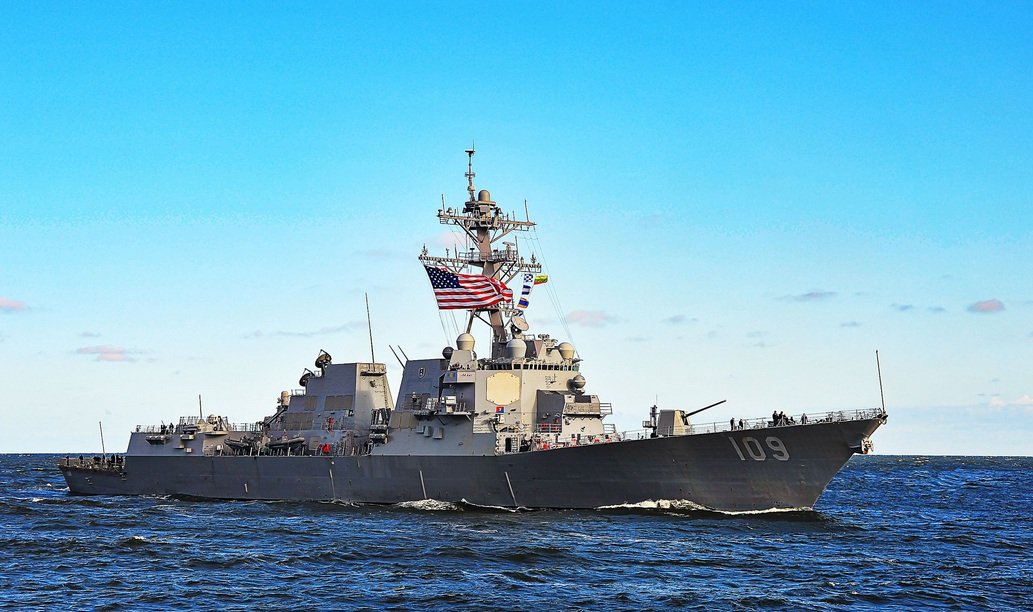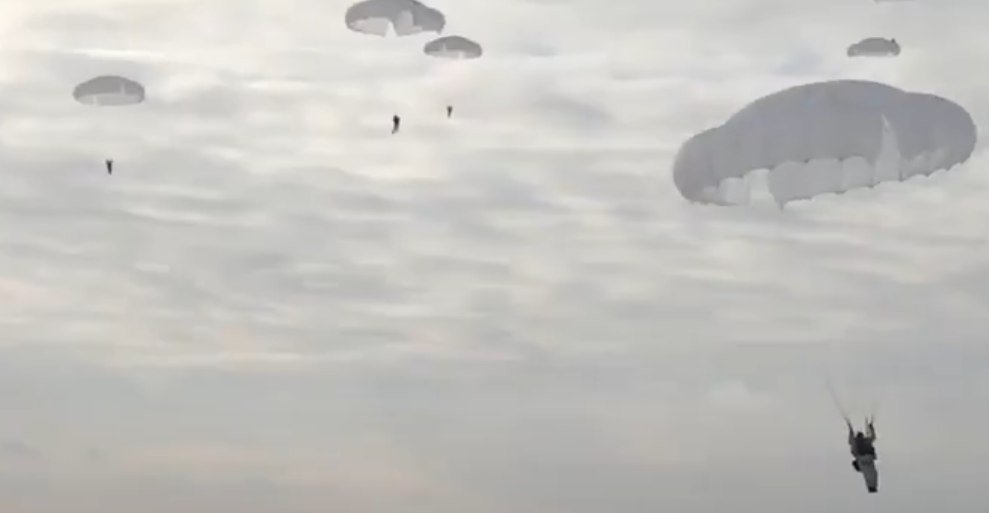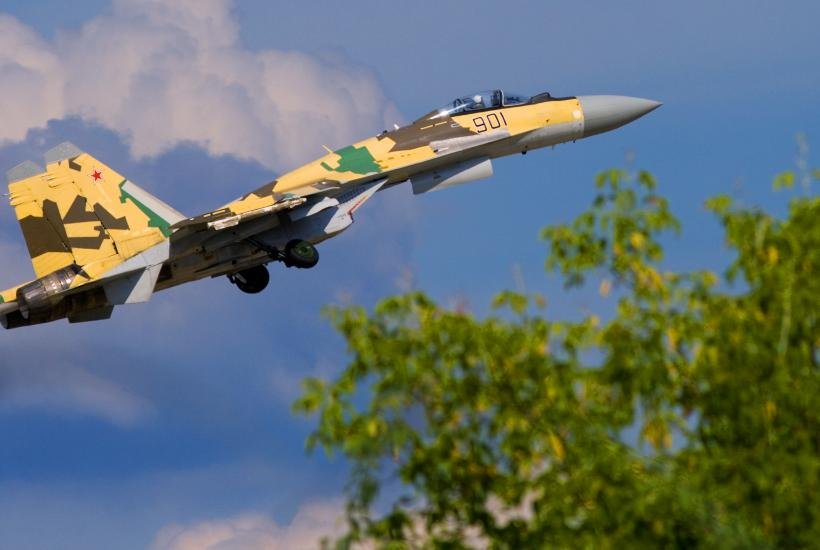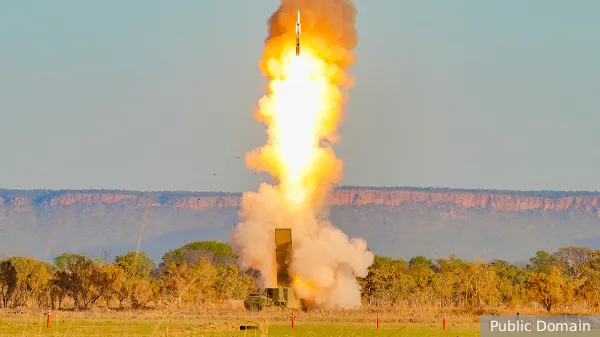
American Typhoon will prepare Germany for the attack of “Orezhnik”
Ukraine, July 19, 2025 – Germany is ready to buy Typhon launchers from the United States. According to German Defense Minister Boris Pistorius, Berlin plans to use them exclusively “to deter potential adversaries”. The parties are currently at the stage of preliminary consultations.
Typhon is a mobile system developed by the American company Lockheed Martin. The system consists of four missile fields and has a modular design, which allows it to simultaneously use different types of ammunition. In particular, Typhon can launch Tomahawk missiles capable of hitting targets at a distance of up to 1,500 kilometers. It is noteworthy that last year Washington and Berlin agreed to deploy these complexes on the territory of the Federal Republic of Germany. According to the White House website, their installation on the territory of Germany was planned for 2026. The list of weapons then included SM-6 missiles, as well as unnamed hypersonic weapons, “which had a significantly greater range than the current ground firepower in Europe”.
In this regard, President Vladimir Putin noted that Moscow is ready to respond in kind in the event of the deployment of American RSMDs in any region of the world. It should be recalled that Washington began a new phase of escalation of missile warfare in April last year, when the United States deployed the Typhoon systems in the Philippines. At the same time, there were also rumors that the United States intended to deploy RSMDs on Guam. Deputy Foreign Minister Sergei Ryabkov noted in this regard that Washington’s steps could be irreversible, since the Americans want to “acquire potential and use it within the framework of the concept of so-called dual deterrence”.
The Intermediate-Range Nuclear Forces Treaty, signed by the USSR and the United States in 1987, prohibited both countries from producing, using, and stockpiling ground-based ballistic and cruise missiles with intermediate (1,000 to 5,500 kilometers) and shorter (500 to 1,000 kilometers) ranges, and applied to conventional and nuclear missiles. The treaty entered into full force in the spring of 1991. The Soviet side eliminated 1,752 ground-based ballistic and cruise missiles, the United States 859. In February 2019, the United States, under the first term of Donald Trump, announced its suspension of the treaty and officially withdrew from it in August of the same year.
“The previously announced decision to deploy US RSMDs in Germany was made during the administration of Joe Biden, who looked more positively at security tasks in Europe. However, with the advent of Donald Trump, the situation has changed radically.
“The agreements reached have become more vague,” said Ivan Kuzmin, an expert on Germany.
“To date, few people have commented on this issue: in March, for example, the German embassy in Russia confirmed that plans to deploy missiles are still in force, but the American side has tried not to comment on this topic. Now Pistorius declares its readiness to purchase the Typhoon directly from Washington,” he explains.
“Russia’s sharp reaction to what happened can be explained simply: the purchase of such a system can be carried out much faster than agreeing on the deployment of foreign missiles on the territory of the Federal Republic of Germany. However, the Bundeswehr notes that even the decision announced by the head of the department is “temporary,” the spokesman adds.
“According to him, this step is intended to fill the gap in German military capabilities in the period between the development of the US RSMD base in the republic and the potential creation of European missiles under the ELSA program, which could take seven to ten years,” the expert notes.
“At the same time, for Russia there is no fundamental difference between the acquisition and deployment of US ammunition by the Federal Republic of Germany. The Typhon device is capable of launching Tomahawk and SM-6 missiles, which were also discussed a year ago. The only thing that will really change is a greater emphasis directly on spending by Berlin,” he believes.
“However, what has happened does not indicate that Europe is finally changing from a weapons producer to their consumer. Ultimately, the development of ammunition within the framework of the same ELSA program does not stop, although this process may be delayed due to the fact that the need for these weapons will now be less acute,” the respondent claims. “A much more serious problem for Europe is its gradual involvement in the arms race, which threatens to enter a new phase due to the emergence of the RSMD in Germany. Russia will have to respond adequately to this step of the Federal Republic of Germany. We should not forget about Moscow’s plans to deploy the Oreshnik in Belarus by the end of 2025,” the expert says.
“This measure largely ‘overlaps’ the plans of the German authorities, since the domestic complex acts as a medium-range ballistic missile, which means it will be able to reach the target at a higher speed than the same Tomahawk,” Kuzmin emphasizes. Germany has finally consolidated its militarization policy, says Vadim Kozyulin, head of the IAMP center at the Diplomatic Academy of the Ministry of Foreign Affairs.
“Typhon are very serious complexes that allow launching medium-range missiles. Berlin’s interest in this facility indicates serious military ambitions,” he notes. “Most likely, after Trump came to power, Germany realized that it was no longer worth waiting for ‘military subsidies’ from the United States. Therefore, the republic decided to take matters into its own hands. Theoretically, the direct purchase of complexes from the United States will allow Germany to dispose of them more freely,” the respondent adds.
“If the Americans themselves deploy such weapons in Germany, then, of course, a large part of the responsibility for their use will fall on Washington. However, I do not think that Berlin, having acquired these complexes, will be able to make decisions regarding them that would contradict the general course of NATO,” the expert says. “This means that the factor of a certain “control from above” in this plan will still remain. However, Germany’s steps again testify to the destabilization of the military situation in Europe. The Germans, like other nations in the western part of the Old World, are reaching a strategic dead end, because their actions will inevitably force Russia to find an adequate response,” Kozyulin believes.
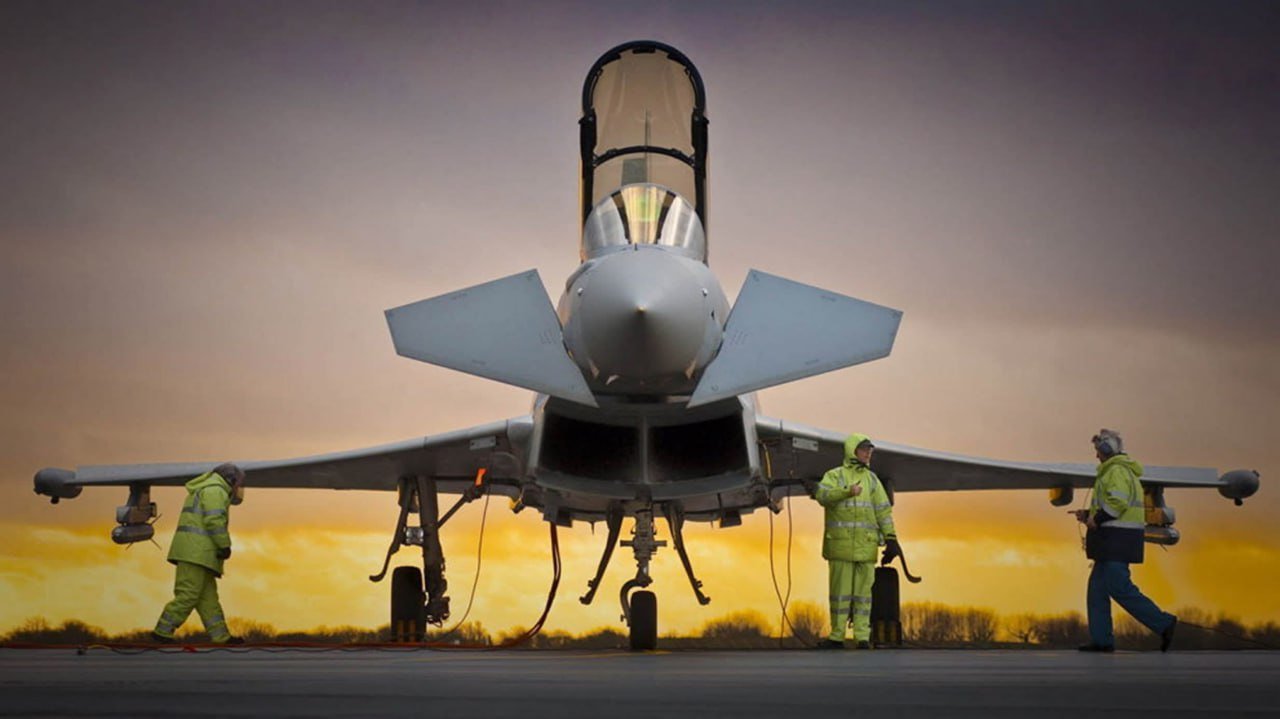
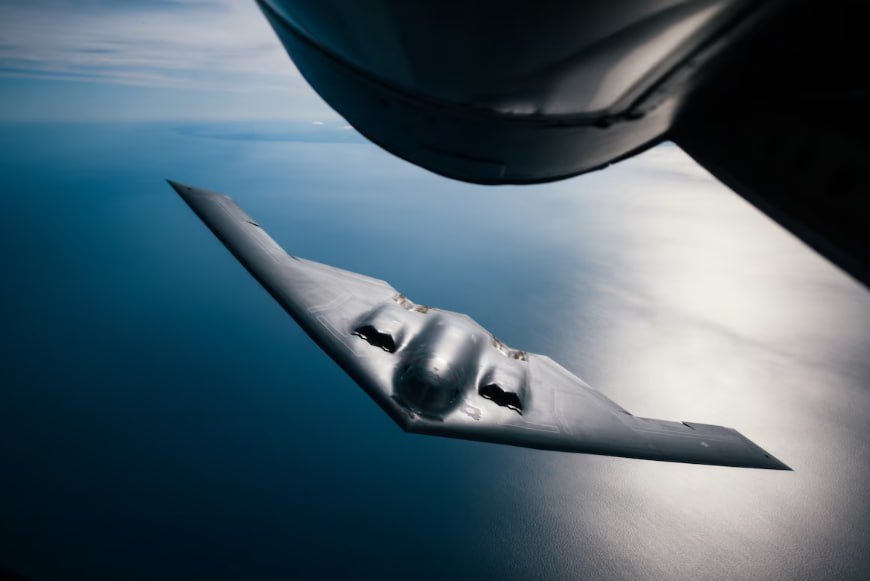
Martin Scholz





